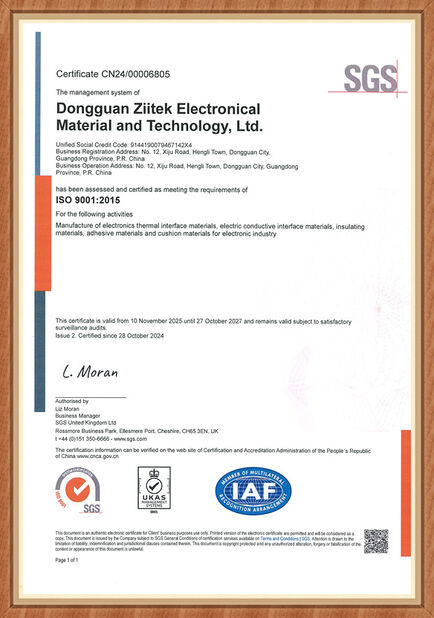The difference between two-components thermal conductive gel and one-component thermal conductive gel
There are significant differences between two-component thermal conductive gel and single-component thermal conductive gel in many aspects, which are mainly reflected in composition, structure, performance characteristics, use mode and application scenarios.
Composition and structure
One component thermal conductivity gel: mainly composed of silicone matrix and high thermal conductivity filler (such as alumina, boron nitride, etc.), without mixing other components, ready to use, easy to use. It maintains a gel state, does not cure, and has high fluidity and thixotropy.
Two-component thermal conductive gel: it is composed of liquid materials with A and B components. When the two components A and B are mixed in a certain ratio (usually 1:1), a chemical reaction will occur and solidify into an elastic body. The two-component structure makes it more controllable and stable during curing.
Performance Characteristics
One component thermal conductive gel:
1, high thermal conductivity: can quickly conduct heat, reduce the temperature of electronic components.
2, low interface thermal resistance: close contact with the heat dissipation surface, reduce thermal resistance.
3, good thixotropy: easy to apply, adapt to various shapes of heat dissipation surface.
4, excellent self-adhesive performance: no additional adhesive, can achieve good adhesion effect, but the adhesion is weak, can not be used for fixed heat dissipation device.
5, high oil yield: there may be a certain amount of oil seepage during use.

Two-component thermal conductive gel:
It also has high thermal conductivity, but the solidified elastomer structure makes its thermal conductivity more stable.
1, low oil yield: no oil oozing during curing process, keep the interface clean.
2. Certain adhesiveness: the cured colloid has certain adhesiveness, which can better fix the heat dissipation device.
3, wide temperature range: can work in harsh environmental conditions for a long time, maintain the stability of mechanical properties and electrical insulation.
4, soft and malleable: can closely fit the uneven interface, to achieve more effective heat conduction.

Mode of use
One component thermal conductive gel: ready to use, no mixing, easy to apply.
Two-component thermal conductive gel: before use, it is necessary to mix the two components A and B in proportion, and then apply them on the heat dissipation surface through the dispensing machine or manually. Curing time depends on the specific product, can be cured at room temperature or heating curing.

 Your message must be between 20-3,000 characters!
Your message must be between 20-3,000 characters! Please check your E-mail!
Please check your E-mail!  Your message must be between 20-3,000 characters!
Your message must be between 20-3,000 characters! Please check your E-mail!
Please check your E-mail! 


